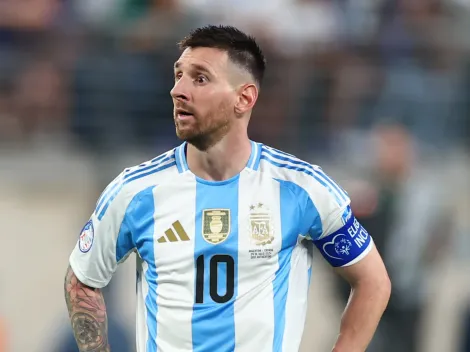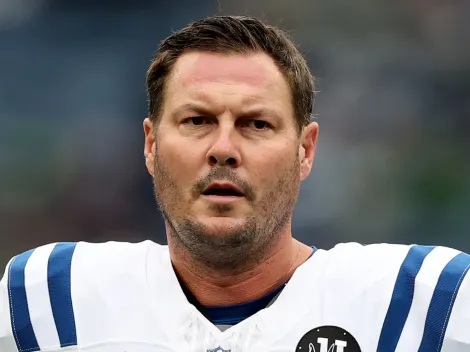The Colombian national team of today is light years ahead of where the program was in the early 2000s. Colombia has never had a shortage of top talented players but making them into a cohesive unit has always been an issue. After the Carlos Valderrama era ended in 1998, that produced two disappointing World Cup performances in 1994 and 1998. Colombia would go through various transitions before landing on the formula they have today.
That transitional period between 2002 – 2010 is known as the dark years of the Colombian national team, a period that saw the team not qualify for three consecutive World Cups (2002, 2006, 2010). The federation changed managers a total of seven times during this period. Francisco Maturana and Reinaldo Rueda would both coach the national team twice, replacing each other, between the years 2001 – 2004. Before José Pékerman was appointed manager in 2012, former Colombian National Team standout Leonel Álvarez coached the team for only five games.

Carlos Valderrama was a part of a golden generation of Colombian players that failed to produce any real results after 1990. (Getty)
In 2006 the Colombian National team did not have one single player playing in one of the top teams in Europe. The closest player they had playing for top clubs were hardly standouts, Luis Perea was playing for Atletico Madrid, and Jairo Patiño was playing for River Plate of Argentina at the time. None were central pieces in either of those teams. Their forward line consisted of players who simply could not score at an international level. Out of the eight forwards called into the National team in 2006, only 2 goals were scored by a striker, Hugo Rodallega, and Leider Preciado.
By 2010 players like Radamel Falcao entered the picture but with no real high-level support, Teófilo Gutiérrez, although talented had disciplinary issues, and Fredy Guarín was the top midfielder playing in FC Porto. Aging stars like Ivan Córdoba were past their prime and Colombia again failed to qualify for the World Cup.
When Argentine manager José Pékerman took over in 2012 and established formation changes and began to identify new players for Colombiathe fortunes of the team changed. Behind the leadership of Falcao and rising stars likeJames Rodríguez and Juan Cuadrado, the team qualified for the 2014 and 2018 World Cups, posting a quarterfinals and knockout round finish, respectively.

Argentine manager José Pékerman changed Colombia’s fortune. (Getty)
Now with Portuguese manager Carlos Queiroz and a re-inspired James Rodríguez, Colombia look to take the 2022 South American World Cup qualification cycle by storm.





